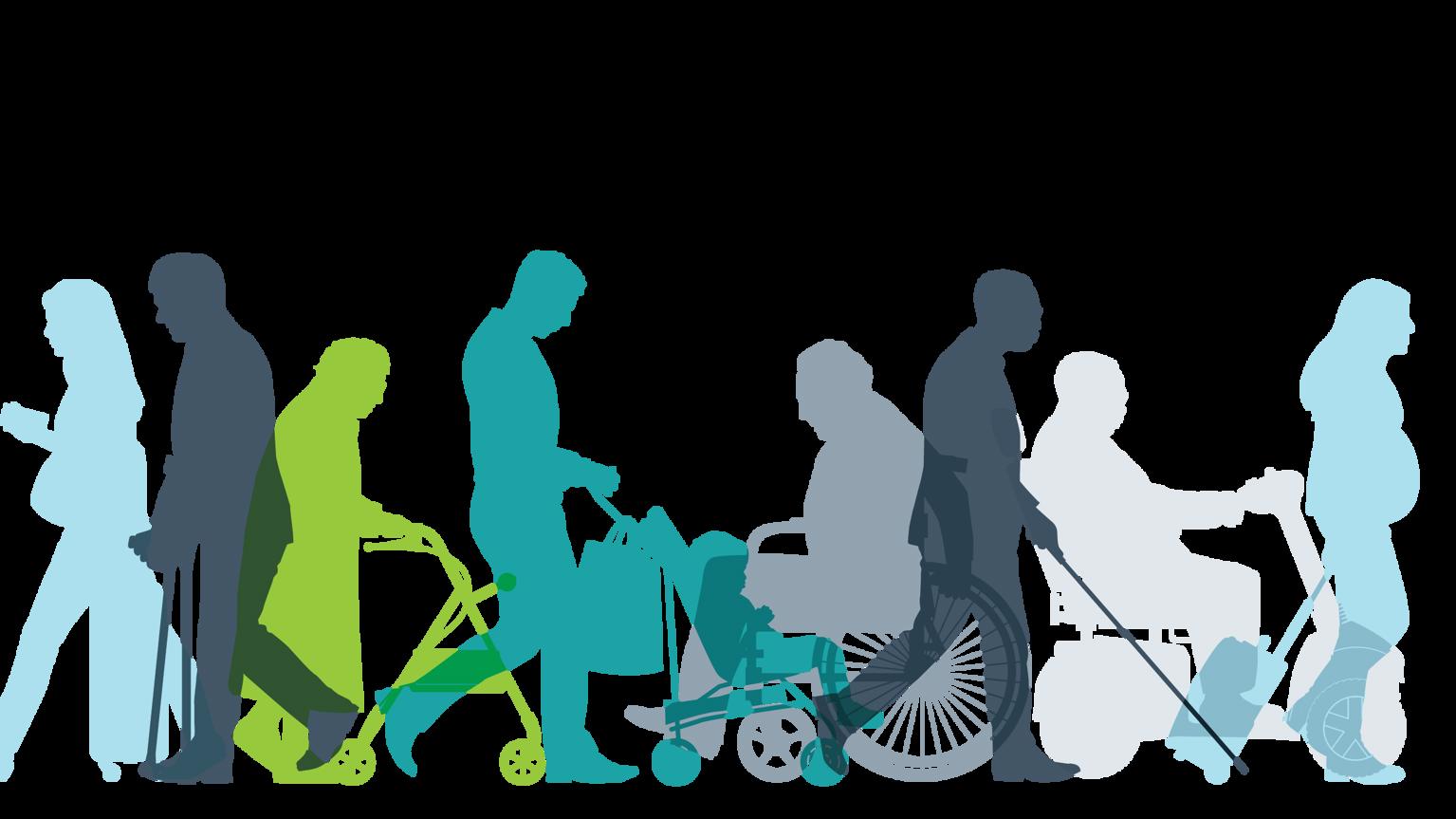Accessible Travel Te Hāereere ā-Ara Māmā ake mō ngā Tāngata Whaikaha
Auckland Transport is continually striving to improve services for people with access challenges and those with limited mobility.
Bus accessibility

Find out how you can travel by bus if you have access challenges or limited mobility.
Train accessibility

Find out how you can travel by train if you have access challenges or limited mobility.
Ferry accessibility

Find out how you can travel by ferry if you have access challenges or limited mobility.
Total Mobility scheme

The Total Mobility scheme supports people with impairments to travel across Auckland in taxis and on public transport.
Whaikaha Accessibility discount fares

Find out which discounted fares are available to you.
Accessibility maps

View accessibility maps for Auckland city.
Whaikaha Accessibility advisory groups – PTAG and CPAG

PTAG and CPAG include representatives of Auckland Transport, Auckland Council, accessibility interest groups, and contracted public transport operators.
Taking disability assist dogs on public transport

Disability assist dogs are allowed to travel the Auckland Public Transport network at all times without a muzzle.
Ways of working for Whaikaha

There are multiple methods of working with people with accessibility needs to ensure their comfort and safety when traveling on our public transport network.